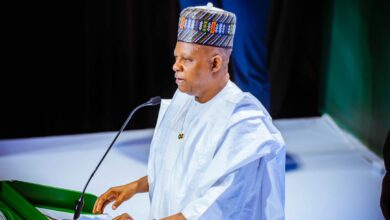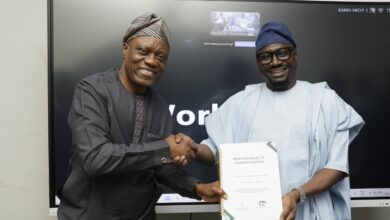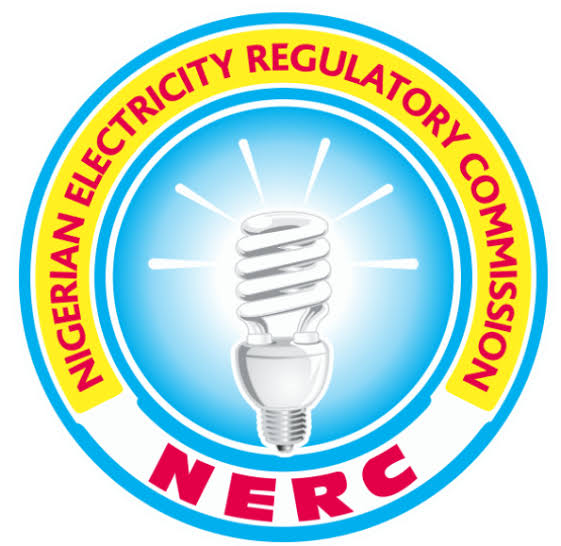Power: FG Restates Commitment To Bridging Metering Gaps, Addressing Liquidity Challenges

The Federal Government has restated its commitment to closing the metering Gaps, and addressing the financial liquidity challenges facing the power sector.
Special Adviser on Energy to President Bola Tinubu, Olu Verheijen restated the government’s commitment on Wednesday during a session at the 2024 edition of CERAWeek by S&P Global holding in Houston, the United States.
The session with theme, “Energizing Tomorrow: Charting a successful path for Africa’s energy transition.” was moderated by the Research and Analysis Executive Director, S&P Global Paul McConnell.
Panelists at the session included the Commissioner for infrastructure, Energy and Digitisation, African Union, Dr Amani Abou-Zeid; and the Research Director and Senior Fellow, Energy Security and Climate Change Program, Centre for Strategic and International Studies, Gracelin Baskaran.
Speaking at the session, Verheijen said, the federal government is working on a number of initiatives to decentralise transmission and make sure that it is closer to the markets in which there’s demand for electricity.
On the distribution side, she explained that there are different technologies that the government is using to make sure there is more supply of electricity especially high consuming customers.
Given the fact that the government is faced with fiscal constraints, the Presidential Adviser explained that a lot of creative initiatives are being implemented to derisk the power sector in Nigeria.
She said while the International Energy Agency had estimated an investment gap of $190bn, the government may not be able to raise such funding considering the tight fiscal environment currently.
Despite the constraints, she assured that lots of initiatives are being implemented to unlock the potentials of the sector.
She said, “So, if you look at this scale of investments that are required, you know, some entities like IEA have estimated about $190bn a year, we don’t have the fiscal space for that.
“So, what are we trying to do to make sure we are able to scale faster? We are making sure that we actually creatively target certain aspects that we think are catalytic to the rest of the entire value chain.
“So, we launched a presidential initiative recently. What are we using that to do? We say we need about $10bn to double our transmission capacity, we don’t have that, but maybe we have a fraction of that and we can actually then make sure we procure metres, convert all of the 6 million customers that we currently into paying customers with digital technology and smart metres and make sure we grow revenue that way.
“If we grow that revenue, then we’re able to make sure that we improve the financial viability of this public utilities and attract capital.
“So, that’s an example of how we’re being extremely strategic about the level of interventions that we have within our limited fiscal space.
“Once that is done and we have closed the metering gap, you have to address the financial liquidity issues, that tends to be. When you’ve de-risked that entire value chain, we can then have more capital to that grid and then expand access and grow consumption.”






